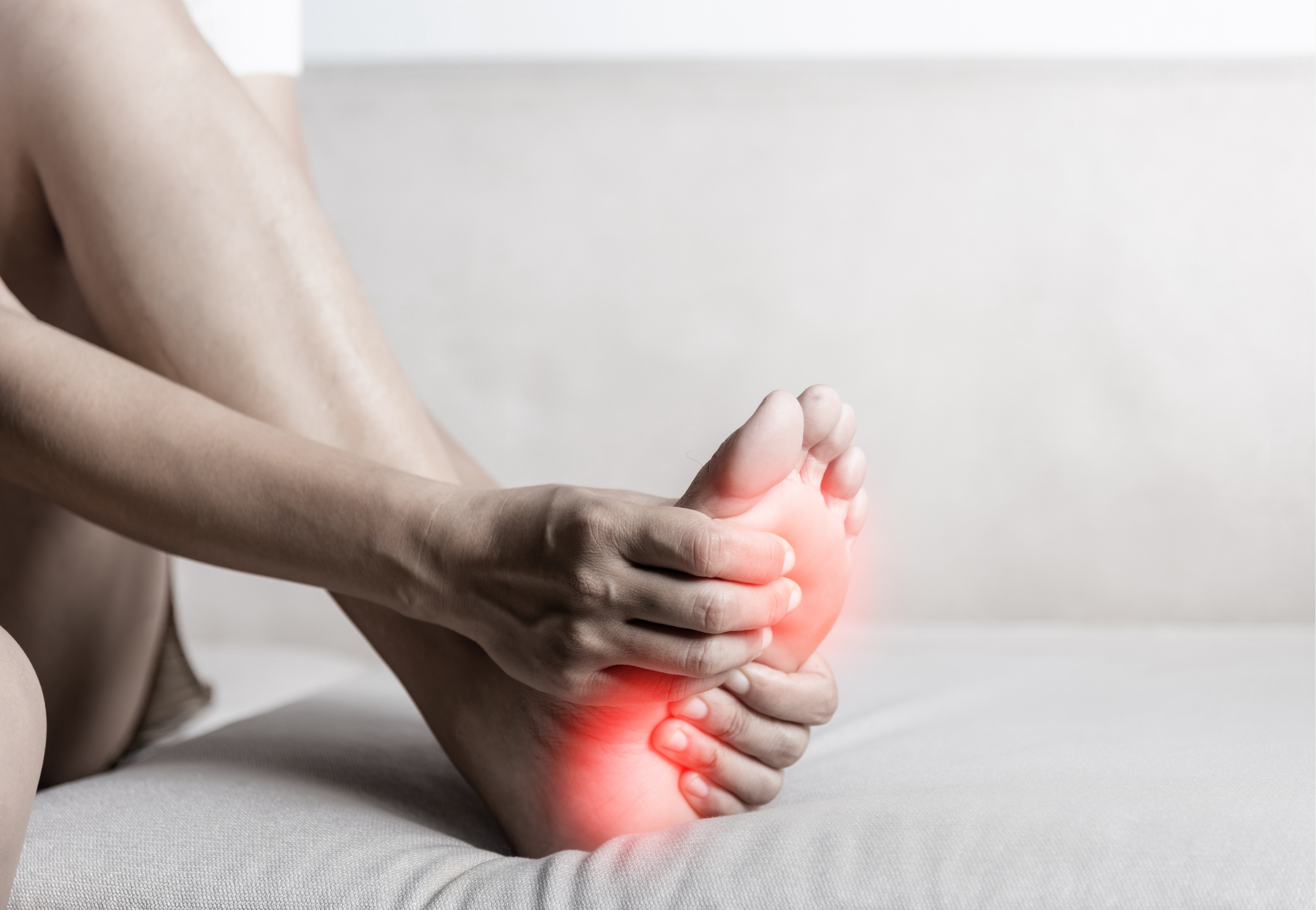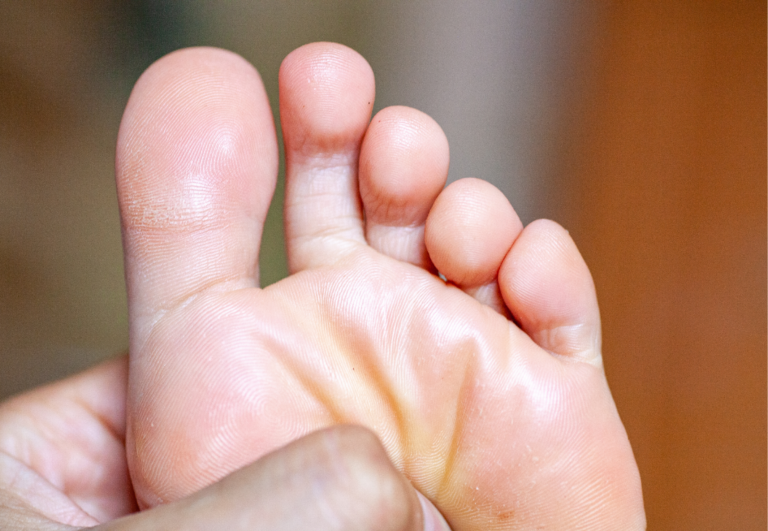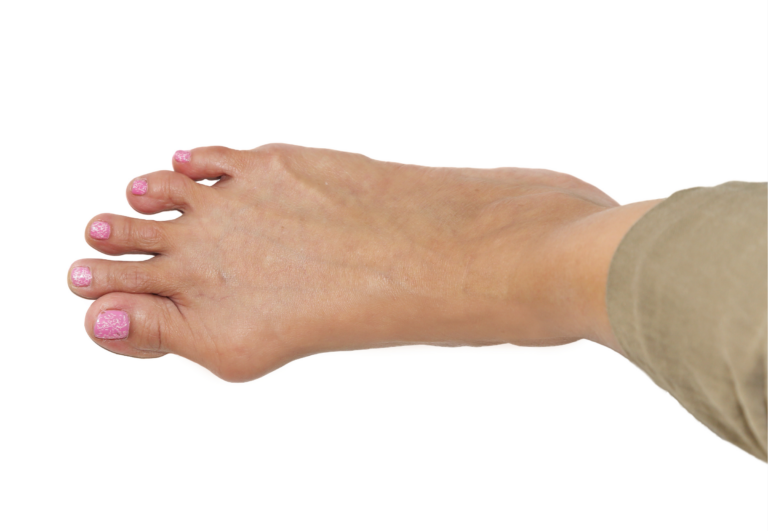Toe Spacer Stretching for Plantar Fasciitis: A Guide to Relief and Recovery
I’ve found toe spacers to be incredibly helpful in managing discomfort from plantar fasciitis. Using these simple devices can assist in realigning toes and reducing stress on the foot. Especially for those who have been dealing with the sharp, stabbing pain associated with this condition, toe spacers offer a non-invasive option to seek relief. They work by separating the toes, which can improve foot mechanics and enhance blood flow—both of which are essential in addressing the root causes of plantar fasciitis.
Incorporating toe spacer stretching into a daily routine may contribute significantly to pain relief. The consistent separation of toes encourages them to spread naturally, counteracting the negative effects of tight or ill-fitting footwear. Notably, many people spend prolonged periods in shoes that constrict their feet, leading to various foot problems. Toe spacers can stretch and soothe the feet, offering a form of relief that is both simple and effective.
Toe Spacer Stretching for Plantar Fasciitis
Toe spacer stretching can be beneficial for individuals with plantar fasciitis, a condition that causes pain in the bottom of the heel.
The plantar fascia is a thick band of tissue that connects the heel bone to the toes, and stretching can help alleviate tension in this area.
Here’s a step-by-step guide to using toe spacers specifically for plantar fasciitis stretching:
- Select Appropriate Toe Spacers: Choose toe spacers that are comfortable and designed to stretch the toes apart gently. They should be made of a soft, flexible material.
- Insert Toe Spacers: Place the toe spacers between each toe, making sure they are positioned comfortably. They should not cause pain or discomfort.
- Begin with a Warm-Up: Warm up your feet with gentle massage or a warm foot bath to increase blood flow to the area, which can enhance the effectiveness of the stretching.
- Perform Toe Spacer Stretching: While seated, place the toe spacers between your toes. Relax and allow the spacers to gently stretch the muscles and ligaments in your feet. You can also perform gentle toe movements to enhance the stretch.
- Combine with Other Stretches: In addition to using toe spacers, incorporate other plantar fasciitis stretches such as the toe extensor stretch, calf stretches, and rolling a ball under your foot to provide additional relief.
- Hold and Repeat: Hold the stretch for a comfortable amount of time, usually around 30 seconds to a few minutes, and repeat several times throughout the day.
- Consistency is Key: Use the toe spacers regularly, ideally daily, to help alleviate the tightness associated with plantar fasciitis. Consistency will help in managing symptoms and may aid in recovery.
- Gradually Increase Duration: As your toes become more accustomed to the spacers, you can gradually increase the amount of time you wear them to further stretch the plantar fascia.
- Listen to Your Body: If you experience any pain or discomfort beyond a gentle stretch, reduce the duration or frequency of use, and consult a healthcare professional if necessary.
Remember, while toe spacers can be a helpful tool in managing plantar fasciitis, they are most effective when used as part of a comprehensive treatment plan that may include rest, ice, proper footwear, and physical therapy. Always consult with a healthcare provider for personalized advice and treatment options.

Plantar Fasciitis
Plantar fasciitis is a common cause of heel pain, often resulting from strain and inflammation in the plantar fascia. This sturdy band of tissue supports the arch of the foot and absorbs walking shocks.
Causes of Plantar Fasciitis
Improper Foot Mechanics: Flat feet or high arches can lead to plantar fasciitis by distributing foot pressure unevenly.
- Excessive Pronation: When the foot rolls inward excessively upon walking, it strains the plantar fascia.
- Tight Calf Muscles: These make it difficult to flex the foot and bring more stress to the plantar fascia.
- Wearing Improper Shoes: Shoes with poor arch support or stiff soles can trigger the condition.
- Overuse: Long-distance runners or those with occupations that require extended periods on their feet often develop plantar fasciitis.
Symptoms and Diagnosis
Heel Pain: The most prominent symptom is a sharp, stabbing pain in the bottom of the foot near the heel.
- Stiffness and Pain in the Morning: Symptoms are often most severe with the first steps after waking.
- Pain After Long Periods of Standing: The pain might also trigger after standing for a long stretch or when you stand up after sitting.
- Tenderness: Pressing on the bottom of the foot may feel tender.
Diagnosis:
- A health care provider may diagnose plantar fasciitis based on symptoms and physical examination of the foot.
- X-rays or MRI scans are sometimes used to rule out other conditions that could cause heel pain, such as fractures or arthritis.
Benefits of Toe Spacer Stretching
Toe spacer stretching offers specific advantages for those dealing with foot discomforts. By focusing on toe separation and correct positioning, significant improvement in foot health can be achieved.
Improving Alignment and Flexibility
Toe spacers are designed to position the toes in a more natural alignment, which can promote greater flexibility in the foot muscles. By applying gentle pressure regularly, the toes become accustomed to the correct positioning, potentially lessening common ailments like overlapping toes. This can lead to improvements in how the entire foot functions, supporting better overall movement.
- Alignment: Encourages toes to sit in natural positions
- Flexibility: Aids in developing more pliable foot muscles
Reducing Tension and Pressure
Regular use of toe spacers may also reduce tension and pressure in the feet. By spacing the toes, muscles stretch and relax, which can alleviate discomfort. This stretching exercise with toe spacers can contribute to one’s comfort, especially for individuals experiencing foot-related conditions.
- Muscle Tension: Stretching with toe spacers can help ease tight muscles
- Pressure Relief: Better toe alignment decreases pressure on the foot during exercises and everyday movements
Selecting the Right Toe Spacers
When managing plantar fasciitis, choosing the right toe spacers is crucial as they can help improve foot alignment and blood flow to the plantar fascia. In my experience, toe spacers made of the right materials and offering a proper fit can make a significant difference in comfort and effectiveness.
Materials and Comfort Considerations
Materials: The majority of toe spacers are crafted from silicone due to its flexibility and skin-friendly properties. Look for medical-grade silicone, which is durable, easy to clean, and less likely to cause irritation compared to other materials.
Comfort: Your comfort with toe spacers is paramount. To ensure this:
- Search for designs with a smooth surface and soft texture.
- Check if the product has added cushioning, especially if you have sensitive feet.
- Always test them for a short period before committing to prolonged use.
Table of Toe Spacer Materials:
| Material | Pros | Cons |
|---|---|---|
| Silicone (Medical grade) | Durable, Hypoallergenic | More expensive than other materials |
| Gel | Soft, Flexible | Less durable, Can become sticky |
Sizing and Fit
Sizing: Toe spacers come in various sizes. Accurate sizing is essential as ill-fitting spacers can exacerbate discomfort instead of providing relief.
Fit: Here’s how to ensure a good fit:
- Check sizing charts provided by manufacturers.
- Consider your foot’s width and toe length.
- Remember that some spacers are designed for active use, meaning they should fit snugly even when you’re moving.
- Ensure the toe spacers are compatible with your footwear; they should allow enough room inside your shoes without being overly compressed.
Bullet Points on Fit Considerations:
- Measure your feet against the spacer’s size guide.
- Look for adjustable loops or straps for a custom fit.
- Opt for low-profile designs if wearing with closed-toe footwear.
By selecting the right materials and ensuring the proper size and fit, you’ll enhance the effectiveness of toe spacers in managing symptoms of plantar fasciitis. Comfortable, well-fitted spacers can be a valuable part of your foot health routine.
Incorporating Toe Spacers into Your Routine
Incorporating toe spacers into your daily routine can significantly assist in managing plantar fasciitis pain. These devices can help stretch and realign your toes, improving foot mechanics which is essential in reducing discomfort.
Daily Stretching Exercises
To begin, select a comfortable pair of toe spacers and wear them for a short period each day to acclimate your feet. Over time, increase the duration as follows:
- Week 1: Start with 5-10 minutes per day.
- Week 2: Increase to 20 minutes per day.
- Ongoing: Aim for 30 minutes to an hour, or as comfortable.
Conduct simple toe stretching exercises while wearing the spacers:
- Toe Flex and Point: Flex your toes back towards you, hold for 5 seconds, then point them away, hold for 5 seconds.
- Toe Splay: With spacers on, spread your toes apart actively, hold for a few seconds, and relax.
- Calf Stretches: While standing, place the front part of your foot against a wall with your heel on the ground. Lean forward to stretch the calf muscles.
Be consistent with your routine to help ease plantar fasciitis related pain and improve foot health.
Combining with Other Treatments
While toe spacers are integral, combining them with other treatments can enhance overall effectiveness:
- Supportive Footwear: Wear shoes that fit well and provide adequate arch support.
- Anti-inflammatory Measures: Ice packs applied to the heel and taking over-the-counter anti-inflammatory medication can reduce pain and swelling.
- Physical Therapy and Professional Care: Consulting a specialist for tailored exercises and therapy.
For runners and those with active lifestyles, consider using toe spacers before and after activity as a preventive measure to maintain toe alignment and reduce the risk of injury. Remember, persistence is key when managing symptoms at home and incorporating new stretches into your routines.
When to Consult a Professional
When self-treatment for plantar fasciitis with toe spacer stretching fails to alleviate your symptoms, it may be time to seek professional help. Persistent symptoms can indicate the need for a more thorough evaluation or advanced treatment options.
Persistent Symptoms and Professional Evaluation
In instances where discomfort and pain persist despite regular toe spacer stretching, consulting with a healthcare provider is crucial. Symptoms to watch for that warrant a professional evaluation include:
- Persistent heel pain that doesn’t improve after several weeks of self-care.
- Increased swelling in the foot that doesn’t subside with rest and ice.
If these symptoms continue, a podiatrist (DPM) or physical therapist can conduct a comprehensive assessment to determine the best course of action.
Advanced Treatment Options
While toe spacers can be a part of a conservative care regimen for plantar fasciitis, some cases require more advanced treatment options, such as:
- Custom Orthotics: Created for your foot’s specific contour.
- Physical Therapy: Targeted exercises to stretch and strengthen the foot muscle.
- Surgery: In rare cases and when conservative treatments fail, procedures to release the plantar fascia may be considered.
Table 1: Indicators for Professional Intervention
| Symptom | Action to Take |
|---|---|
| Persistent heel pain | Schedule an appointment with a podiatrist/therapist |
| Chronic foot swelling | Seek evaluation for possible advanced treatments |
| Unimproved condition | Discuss custom orthotics and physical therapy |
By partnering with a healthcare professional, you can explore all available treatment avenues to address your plantar fasciitis effectively.





